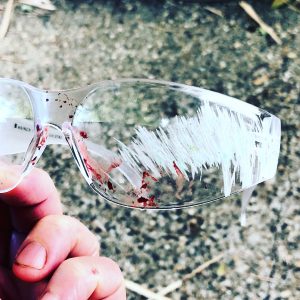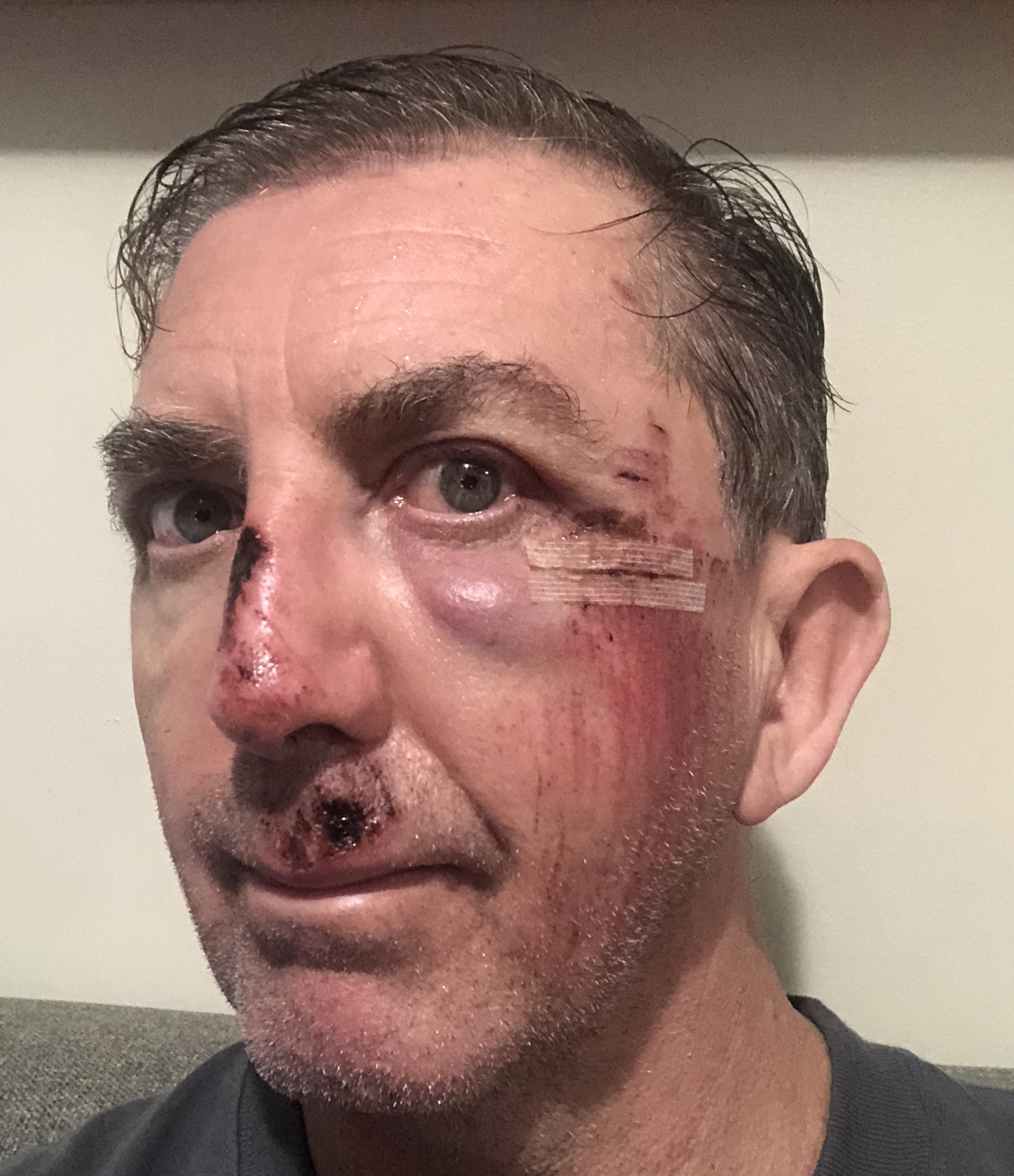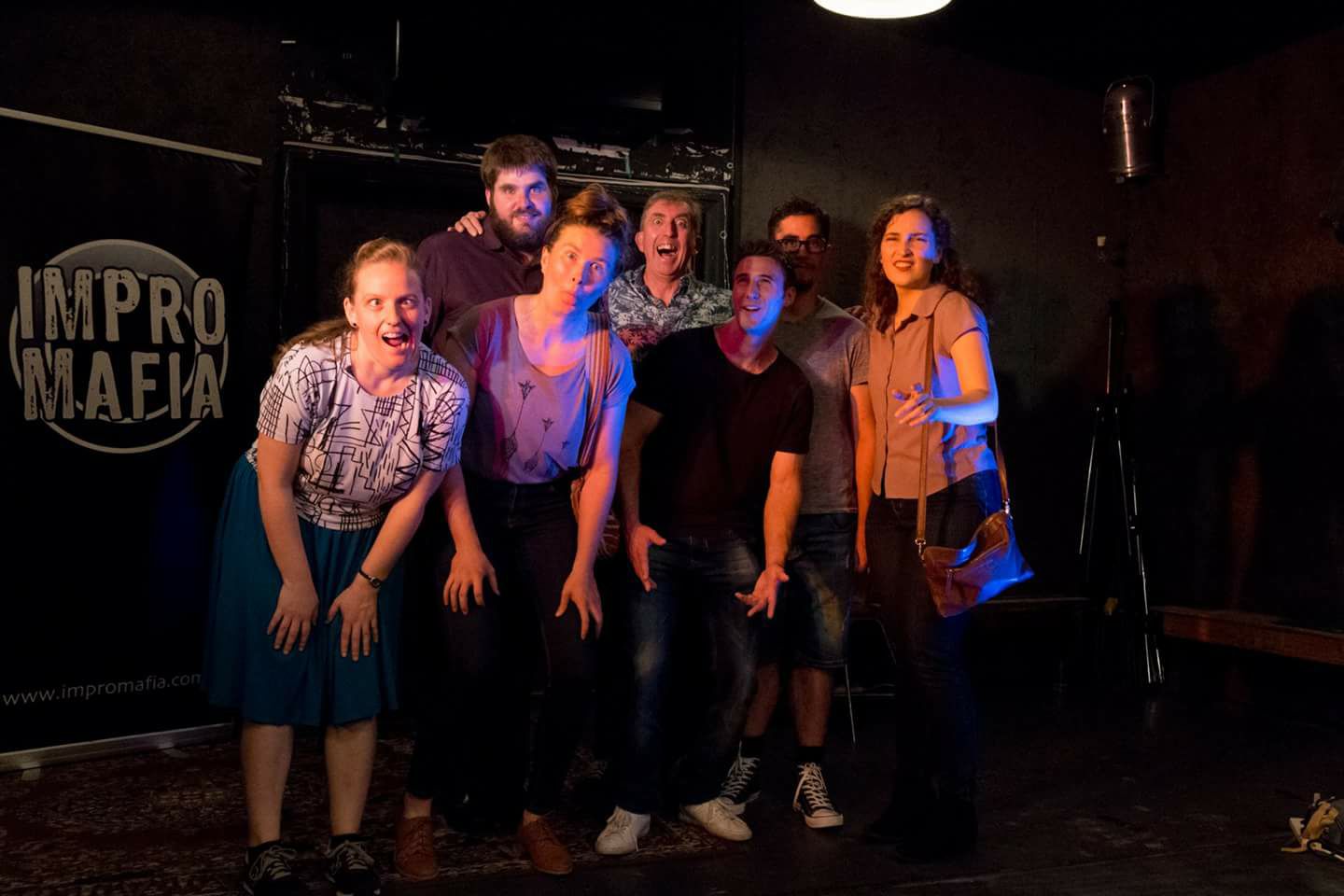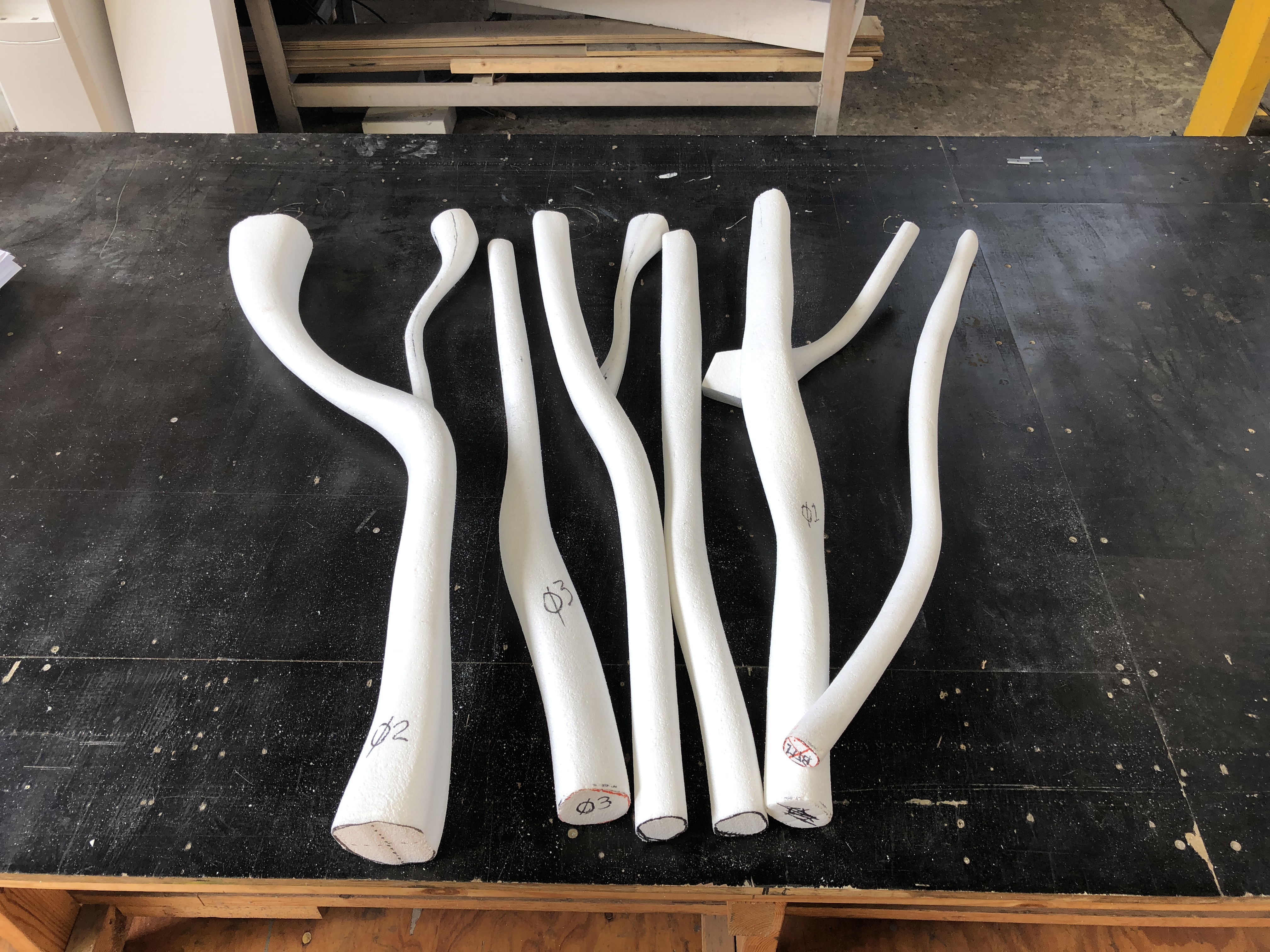It’s been a while since I tried to post audio so I thought I’d remind myself of the process. If it works well I might, just might, start doing a little more audio again.
Here goes…
Podcast: Play in new window | Download
Subscribe: RSS

It’s been a while since I tried to post audio so I thought I’d remind myself of the process. If it works well I might, just might, start doing a little more audio again.
Here goes…
Podcast: Play in new window | Download
Subscribe: RSS
It’s been all but a week since my accident and for the sake of history he’s what happened. If all goes well I’ll be riding back to work in two days.
Podcast: Play in new window | Download
Subscribe: RSS

Looking a lot prettier.
But that’s how it always starts isn’t it? Something innocuous and innocent then before you know it there’s a maelstrom swirling around you.
Podcast: Play in new window | Download
Subscribe: RSS
My girl and I were out for a stroll in some surban bush, not too far from the hustle and bustle but bush all the same, when a monster from mythology and lore became real.
 Drop Bears (Thylarctos plummetus) are something we hear of from time to time and some research has been done into their national dispersion but sadly the authorities seem to have created an approach of denial. There are many forums online which come close, I’m sure, to the truth but the upshot is the harm of a terrorising demon beast from our primal past hunts tourists and internationals. There is much information out there and from respected publications but still the danger is dismissed.
Drop Bears (Thylarctos plummetus) are something we hear of from time to time and some research has been done into their national dispersion but sadly the authorities seem to have created an approach of denial. There are many forums online which come close, I’m sure, to the truth but the upshot is the harm of a terrorising demon beast from our primal past hunts tourists and internationals. There is much information out there and from respected publications but still the danger is dismissed.
I could go on about it but I think the audio and the images say what this experience was like for me. Thank-you to everyone out there for your compassion and understanding. I’m a little rattled but I’ll recover, however I don’t know how I feel about going into the bush again after this experience, at least with people who may attract these monsters.

Just after the attack. It made a mess of me

The impact of the attack caused this.

The next day and well on the way to recovery

The remanants of my shirts after the claws of the Drop Bear slashed them to pieces.
Podcast: Play in new window | Download
Subscribe: RSS
I’ve been procrastinating for years about extending myself, to help with my speaking skills, into the world of Improv Theatre Sports. So this year I finally decided to get off my arse and do some lessons and giving it a go.

Cam our teacher & those of us who completed the course.
For me Improv is less about the theatrical and competitive aspect and more about the spontaneous, intuitive thinking and expression of a story. To step up, on stage, in front of an audience and perform, having no idea about what I’m about to say is both harrowing and exhilarating all at once. And it’s something we are often asked to do in real life in the way we interact with our community. Just think about how often you share an opinion!
I’ve been commuting on a bike since my school days as a twelve year old. It’s just been part of who I am and today I thought I’d put on my lapel mic, fire up Voice Recorder Pro 7 on my iPhone and record the 14 km trip home from work. The trip from Northgate where I work at UAP to West End normally takes around 50ish minutes but I’ve managed to remove the unnecessary pauses in order to hope this is reasonable for others to listen to.
Podcast: Play in new window | Download
Subscribe: RSS
This is still a long recording but I’ve done it more as a memory for myself. One day in my dotage I’ll listen back to this and remember these days. That’s the advantage of audio. If anyone does manage to listen to it please let me know, just out of curiosity.
I mentioned back in the day when working in Sydney I videoed my ride from Balmain to work at Fox Studios. Well this is the video…
The route to and from work is only different by one set of one way roads in the city, other than that the route is the same in each direction.
It was in 1987 when I first had an opportunity to work in organic shapes unlike the techniques of my trade training. And here I am again reminded because of doing something similar to thirty years ago.
Podcast: Play in new window | Download
Subscribe: RSS
Although my skills have developed I still remember how challenging it was to think in an organic non-technical way hard dimensions are easy for me but this was all touchy feely arm waving stuff which took me decades to embrace. 
This is my first attempt to publish audio onto my own site via my iPhone. I’ve recorded the audio in Voice Recorder 7 which has everything I need to tweak the audio and upload via FTP to my site. From there I’m using the Blubrry PowerPress feature to publish here. As I write this I’m still working things out but if you read and listen to this then it’s worked.
Podcast: Play in new window | Download
Subscribe: RSS
The piece I needed to install consisted of a light box reflecting an image onto a shallow tray of water all presented in a dark room. It’s to express to right of passage of youth. Below is an image which doesn’t do it justice.
This is the piece by Lindy Lee I mentioned in the audio
2016 was a time of doing some really good work at UAP (Urban Art Projects). I’ve been continuing to develop and refine my skills, evolving and finally realising that I can now call myself a sculptor. I wouldn’t necessarily call myself an artist but maybe that’s the next part of this process. But first to backtrack a little…
It’s now forty years since I started my apprenticeship as a patternmaker, so I’ve been making things for a very long time and I’ve learnt a few things on the way. Sometimes I forget and even I’m surprised when I’m reminded.
Pattern making is a foundry trade, primarily in timber, which had it’s heyday during the age of steam, declining towards the end of the 20th century. It still exists but with the advent of CNC machining and lately rapid additive manufacturing, die casting metals and development of plastics to replace metal castings, there’s little need for patternmakers and all the associated foundry trades. However for someone of my era, I managed to get some wonderful training from the old die-hards of the trade, as it was fading away. These skills I have used all my life, in associated fields from building my own home and many furniture pieces, through to working on films and my own small manufacturing business.
It’s the general approach to creativity through the discipline of patternmaking which has assisted me to approach all manner of tasks, including the audio and video production which I also like to play around with. It’s more an approach for many aspects of creativity rather than just in the production of metal castings.
The issue with patternmaking is that it’s highly technical. I’ve often referred to it as, ‘industrial sculpture’. We are given detail drawings which we have to follow. No creativity! No development away from what is asked! Just follow the drawing to the letter and don’t vary. There is no room for creativity, there is no room for art. But at the end of the process there is always some form created and often very beautiful.
From patternmaking I moved into associated trades and this is how my working life was through my early twenties. Basically making things in joinery and cabinetmaking shops. No real free form creativity.
Then in 1987 I worked building components for World Expo ’88 with a small creative team at John Underwood’s Art Busters.This was my first experience at organic sculpting and I was thrown in the deep end to sculpt an oversized beetle to be installed on the Expo ’88 site. I had no idea what I was doing but slowly, and I mean very slowly I started to see the world of shapes differently. This has been a very long process. Off and on for, something like 30 years. I’ve had elements of creativity along the way but I used my more, technical skills which involved the discipline of patternmaking rather than the free form required for many art components. In recent months things have changed significantly.
Earlier last year I was asked to sculpt a 2m jelly fish. Nothing too difficult, a hemisphere with some detail in it. The issue with creating something like an organic hemisphere is, it’s too easy to make it perfect and miss the nuances of an organic form. It has to be made smooth, even, balanced and imperfect. Getting it just ‘wrong’ enough that it’s right is challenging and I managed that with considerable ease. Confidence Level One; – achieved! Continue reading
It was 1981, I had just completed my Pattern Making apprenticeship at the Toowoomba Foundry and the previous Christmas holidays, while at the Australian Parachute Nations meet a beautiful young lady who I thought was worth chasing all the way to Sydney. Little did I know at the time that would introduce me to my daughter some 10 years later. Time to leave home, to cut my family and childhood ties, to go it alone and see what life may hold for me. So, with everything I had inside my trusty EH Holden Station Wagon and my bike on the roof, to Sydney I went…
During the week we worked in Sydney but on weekends we drove the three hours to the Hunter Valley and the Newcastle Parachute Club (NSPC), where we would spent most weekends making friends and falling through the air. A sport like parachuting is one of those activities where people bond in a special way and I quickly found my place as one of the regular instructors. By then I had already been instructing for two years but this was back in the static line days of round parachutes and a good decade before tandems would change the sport into the massive commercial operation that exists today.
One of the main personalities amongst many on the drop zone was Jas Shennan. Charismatic club president and instructor who worked as a film editor, primarily on television documentaries and always one of the last standing beside the fire, with beer in hand on a cold Saturday night.
Around the time I entered the scene Jas had decided it was time for a doco about parachuting for TV, to show what it’s really like and some of the personalities. Over the course of a year or so he corralled the footage, often using ex-military 16 mm gun cameras for the free fall footage, augmented with ground shots to fill in the story. There were no mini GoPros back then!
As it turned out, on the day when Jas arranged a film crew to capture the ground based activities, I was instructing a group of students and a brief part of my youth was captured for me to fondly look back on, all these 33 years later.
Back then you could have classes of up to 20 people, all keen to do a first jump. I remember actually saying I wouldn’t instruct classes of more than 20 students as it was the maximum I felt I could train appropriately and there were times when groups were split up due to their size. Back then ground training and theory took a full day, with the first jumps happening the next day.
In Walking on Air we see snippets of what goes into the training and what’s expected of student skydivers in the early 1980’s, before the Accelerated Freefall Programme and piggyback student equipment. It’s fun to see students practicing landing rolls, something which is barely taught today with the ease of landing square parachutes. It’s now all changed but this is the way I learnt parachuting when I started in 1978 at Gatton in South East Queensland and the way I instructed for many years. Continue reading